How to power PoE cameras
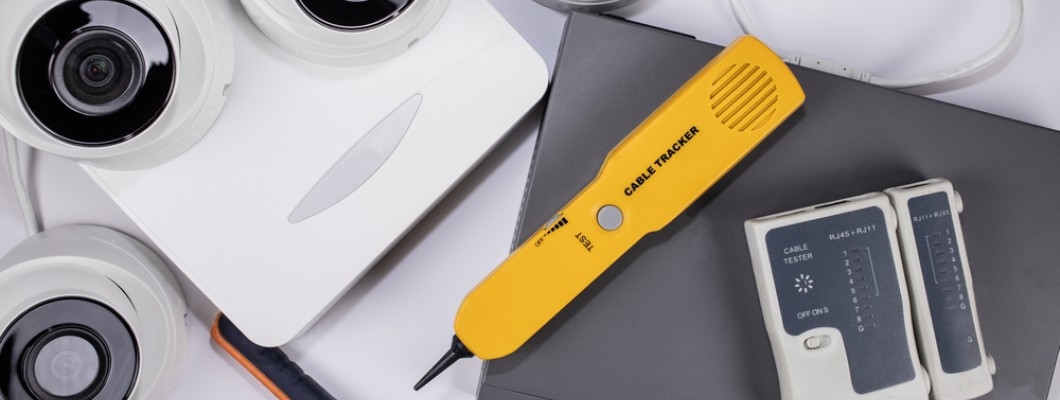
IP cameras are increasingly used in both home and home monitoring systems. industrial. Among them, cameras powered by Ethernet, known as PoE cameras (Power over Ethernet), are very popular. PoE technology allows both data and power to be transmitted over a single Ethernet cable, simplifying installation and reducing costs. In this article, we will explain how to power PoE cameras and what are the advantages and requirements of this technology.
What is PoE?
Power over Ethernet (PoE) is a technology that enables powering network devices via a standard Ethernet cable ). PoE eliminates the need for separate power cables, which significantly simplifies the installation of devices such as IP cameras, VoIP phones, Wi-Fi access points or IoT devices.
PoE standards
Currently, there are several PoE standards that differ in the power delivered to devices:
- IEEE 802.3af (PoE): Delivers up to 15.4 W per port, with the maximum power available to the device being 12.95 W after taking into account cable losses.
- IEEE 802.3at (PoE+): Delivers up to 30 W per port , with a maximum power of 25.5 W for the device.
- IEEE 802.3bt (PoE++): Introduces two power levels:< /p>
- Type 3: Delivers up to 60 W per port.
- Type 4: Delivers up to 100 W per port.
How to power PoE cameras?
There are several ways to power PoE cameras, depending on the network infrastructure and requirements installation.
PoE Switch
PoE switch is the most elegant and scalable solution. The PoE Switch not only ensures the network connection, but also supplies power to the connected PoE devices. Here are the steps on how to power a PoE camera using a PoE switch:
Choosing a PoE switch: Make sure the PoE switch supports the appropriate PoE standard (802.3af, 802.3at or 802.3bt) as required by the cameras.
Connecting the switch to the network: Connect thePoE switch to a router or other network device.
Connecting cameras: Use Ethernet cables to connect PoE cameras to the PoE switch. The cameras should automatically receive power and network connection.
PoE Injector
A PoE injector (also called a PoE adapter) is a device that adds power to an Ethernet cable. This is useful in situationstions when you don't have a PoE switch. The process is simple:
1.Choosing a PoE injector: Make sure the injector supports the appropriate standard PoE.
2.Network Connection: Connect an Ethernet cable from your router or switch -PoE to data input (Data In) in the PoE injector.
3. Camera connection: Connect the Ethernet cable from the PoE (Data & Power Out) output of the injector to the PoE camera.
PoE Splitter
PoE splitter is a device that splits the Ethernet signal and power into two separate wires. This is useful when the IP camera does not support PoE. The steps are as follows:
1. Selecting a PoE splitter: Select a splitter that supports the appropriate PoE standard.
2. Network connection: Connect the Ethernet cable from the PoE switch or PoE injector to the input on the splitter.
3. Camera connection: Connect the Ethernet cable from the splitter's data output to the camera, and the power cable from the power output to the camera's power input.
Advantages of using PoE
- Ease of installation: One Ethernet cable for data transfer and power simplifies installation.
- Flexibility: Possibility to install cameras in places without access to electrical sockets.
- Security: PoE is safe and automatically adjusts the power delivered to devices.
- Scalability: Easy to add additional devices to the network.
Requirements and limitations
- Power: Make sure that The PoE switch or injector provides enough power for all connected devices.
- Distance: A standard Ethernet cable has length limited to 100 meters. PoE repeaters can be used for longer distances.
- Compatibility: Check device compatibility with PoE standards.
Power supply for PoE cameras is a practical solution, which simplifies the installation and management of monitoring systems. The choice of appropriate equipment, such as a PoE switch, PoE injector or PoE splitter, depends on the specific nature of the network and installation requirements. Thanks to PoE technology, you can easily and effectively power IP cameras, which increases the flexibility and scalability of monitoring systems.





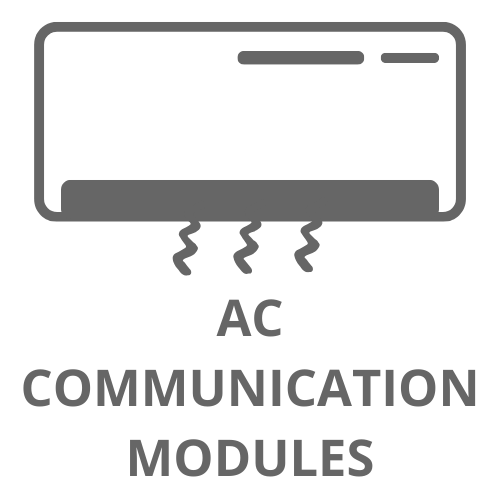

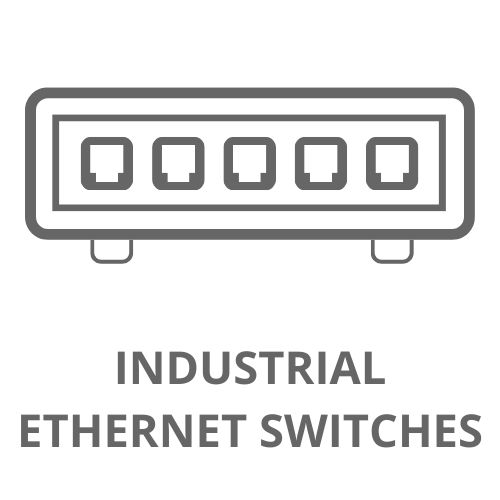

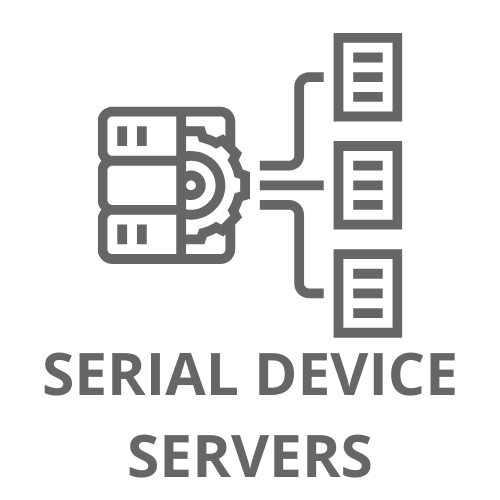
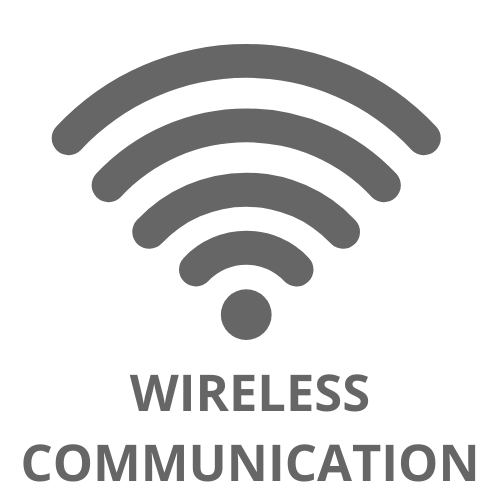


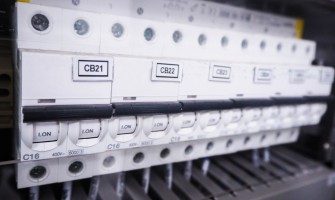





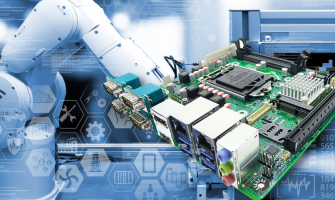



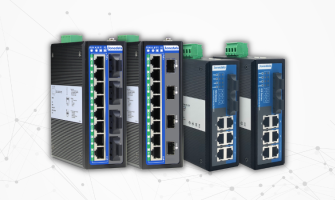
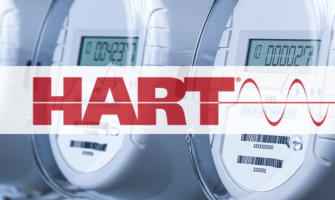
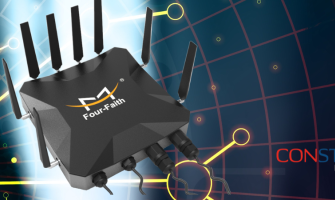

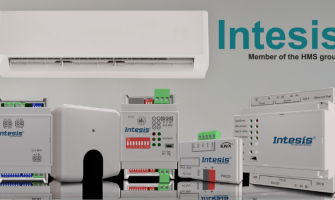
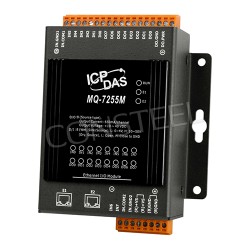
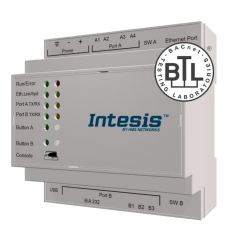
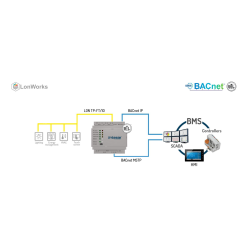


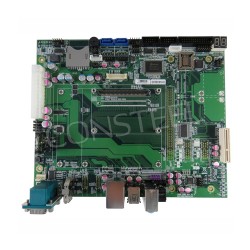




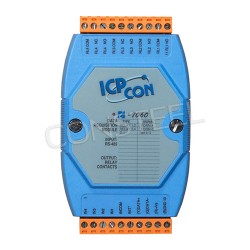


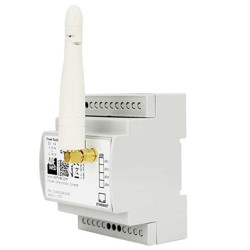


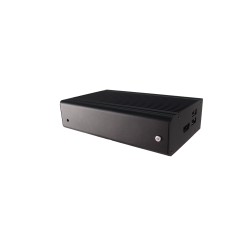
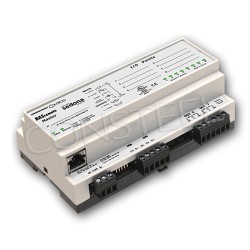

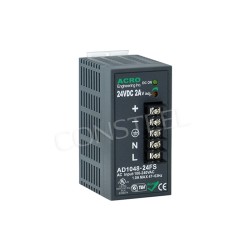
-P-250x250h.png)
-S1-250x250h.png)